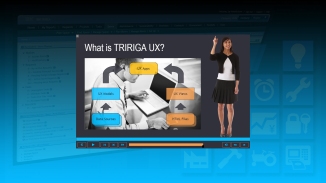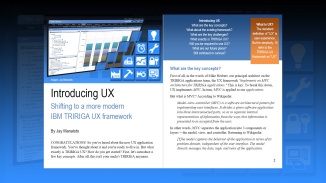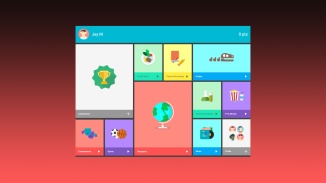What is BTC? For those of you who’ve followed the rise of digital currencies, you’ll know that BTC is a ticker symbol or abbreviation for Bitcoin, which emerged in 2008-2009 as the first decentralized cryptocurrency, and smashed all-time-high (ATH) prices in December 2020 from $20,000 to $27,000 USD per Bitcoin. Will another round of COVID-19 stimulus checks pump the BTC price even higher?
What is the CCP virus? Meanwhile, almost everyone knows about the SARS-CoV-2 coronavirus, also known as the “Wuhan virus” or “China virus” that causes the COVID-19 disease, which first emerged in December 2019 from Wuhan, China, but was kept secret for weeks by the Chinese Communist Party (CCP). Conversely, will another round of COVID-19 stimulus checks devalue the USD even lower?
Hi, my name is Jay, and I’m an IBM TRIRIGA content designer/engineer at Wipro. Although the shift from IBM to Wipro in 2017 triggered an annual barrage of content migrations and conversions, it doesn’t mean that I haven’t noticed the shocking geopolitical and financial tremors over the last few years. So my question is: How will IBM deal with the USD impact of the CCP virus and BTC highs?
Continue reading







